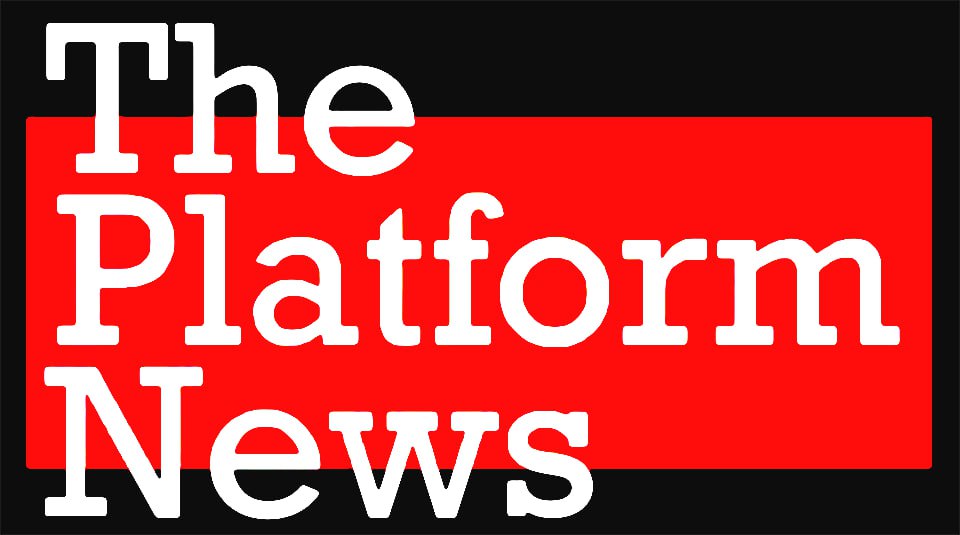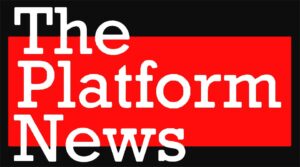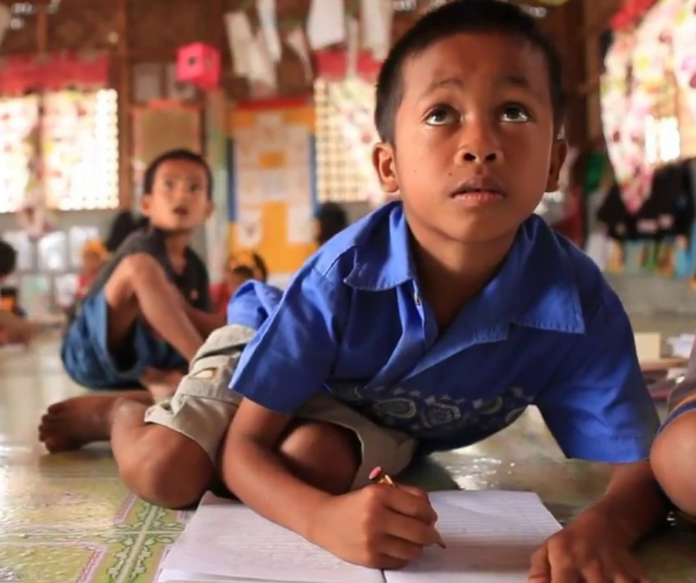The Philippines continues to lag behind regional standards in education spending and outcomes, as highlighted in a recent Facebook post by the Second Congressional Commission on Education (EDCOM2).
A stark disparity in investments and results revealed a significant gap when compared with Vietnam, which in 2022, spent PHP 42,652 per student in primary education, nearly double the Philippines’ PHP 18,066. The gap is even wider in pre-primary education, with Vietnam allocating PHP 14,298 per student compared to the Philippines’ lowly PHP 1,082.
By prioritizing foundational learning, Vietnam equips its students with the skills they need to excel, consistently outperforming their Filipino peers in global assessments. In the 2018 Programme for International Student Assessment (PISA), Filipino students scored just 340-360 in Reading, Math, and Science—near the bottom globally—while Vietnam ranked significantly higher.
Interestingly, Vietnam achieves these results while allocating a smaller percentage of its Gross Domestic Product (GDP) to education compared to the Philippines. The key difference lies in resource distribution: According to a 2021 policy paper by the Philippine Institute for Development Studies (PIDS), the country heavily invested in tertiary education, spending PHP 48,688 per student, at the expense of early education. This imbalance left primary and pre-primary education underfunded, weakening the foundation for long-term success.
Adding to the problem is the fact that Filipino households shoulder 54.5% of total education costs, a burden that exacerbates inequality and limits access to quality education. PIDS highlighted the urgent need to increase public investment in early education to reduce reliance on private contributions and create a more equitable system.
Efforts to address these systemic issues include the Second Congressional Commission Education, or EDCOM 2. Established under Republic Act 11899, the commission aims to comprehensively review the Philippine education system, addressing persistent challenges such as poor student performance, resource allocation, and outdated curricula. Building on the findings of the original EDCOM in the 1990s, EDCOM 2 focuses on modern challenges such as poor student performance, resource allocation, and curriculum issues.
The commission works with stakeholders from government agencies, schools, and the private sector to develop evidence-based solutions to create an equitable, efficient, and high-quality education system for Filipino students.
If You Pay Peanuts, You Get Monkeys? Education Spending and Schooling Quality in the Philippines https://pidswebs.pids.gov.ph/…/PUBLICAT…/pidsdps2127.pdf
We need to invest more in learners, learners, learners!
https://pidswebs.pids.gov.ph/CDN/PUBLICATIONS/pidspn2105.pdf
Photo: YT BRACWorld



